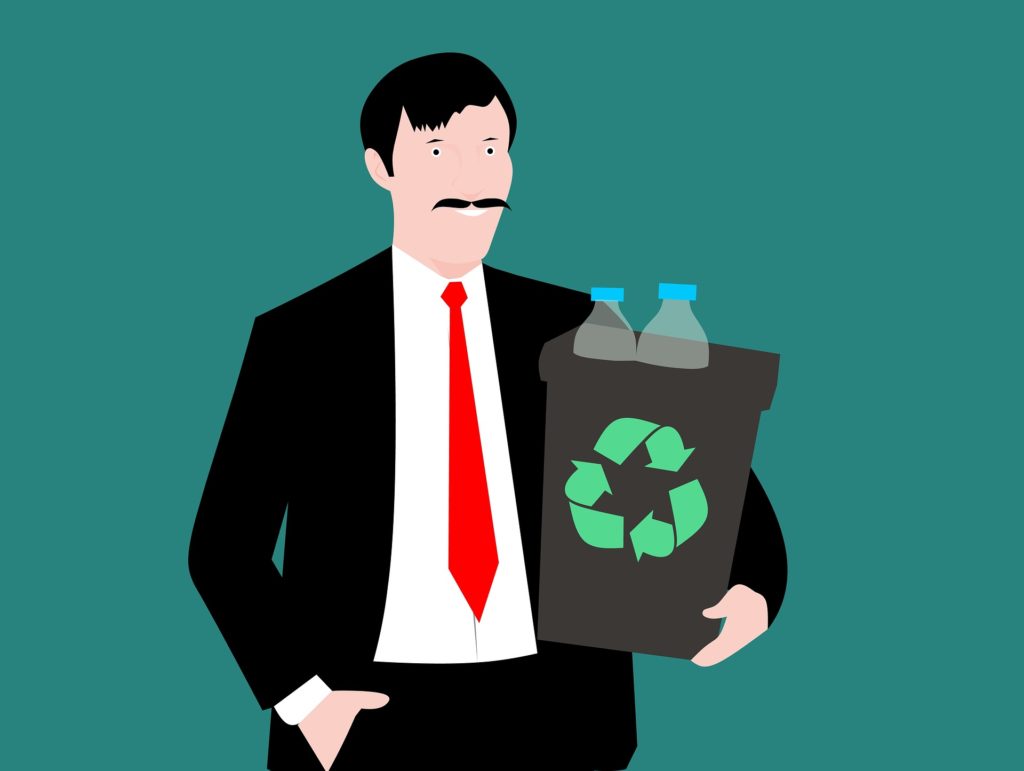
We deal with greenwashing almost every day. Companies – both large and small- are trying to convince us that the good of the planet is especially important to them and that they are doing their best to act to protect the environment. Certainly many of us have fallen victim to greenwashing more than once. It is hardly surprising – the actions of companies in this field can be really cunning. What is actually greenwashing and how to recognize this phenomenon? Lets check it out!
What is greenwashing?
Greenwashing (aka green sheen) is a name for marketing activities that are designed to convince consumers that a given company is doing more to protect the environment than is actually the case. The term refers to the English term ‘whitewashing’ meaning whitening. In this case, corporations do not whiten, but rather ‘green’. What does it mean? Entrepreneurs who keep their hands on the marketing and PR pulse are well aware that environmental protection is important to an increasing number of consumers, and the ‘fashion for being eco’ is growing in strength. To present themselves in the eyes of the recipients, as a brand responsible and involved in climate action, they take seemingly environmentally friendly actions, often calling them activism (although they have little in common with it). All this, of course, aims to convince more and more potential customers.
Types of greenwashing and how did this get started?
The term greenwashing was first used by American activist Jay Westerveld in 1986. He noticed a lack of transparency in the activities of a certain hotel. Guests of this place were persuaded to use towels many times to save water that is precious to us. In fact, it was all about savings resulting from the use of detergents.
Errors that are pointed out to greenwashing companies include:
- Lack of precision — ‘our cosmetic was created based on natural products’. In fact, there are 15% natural ingredients in a cosmetic.
- Handling half-truths and manipulating facts – ‘we don’t use the harmful ingredient X to produce our product’. In fact, no one uses it to produce any products.
- Lack of evidence — e.g. producers citing non-existent testing.
- Hiding costs, exposing benefits — ‘you can use our bags many times, so you will use less plastic’. In fact, it turns out that environmentally harmful technology is used to make those bags.
- White lies — a rabbit icon on the label similar to the one used on vegan and non-animal tested products, a pattern that is reminiscent of the symbol of Euro Leaf, with the slogan ‘force of nature’ and green colors. Seems not to be, but unfortunately it is all lies.
- Lesser evil — promoting solutions that are only slightly less harmful than those criticized.
We hope that we have dispelled your doubts and now you will easily recognize greenwashing in the activities of entrepreneurs.
Tags: greenwashing
 Greenzoner.com
Greenzoner.com
Leave a Reply